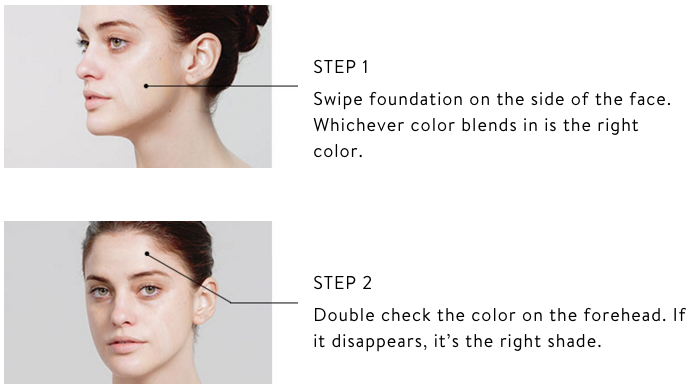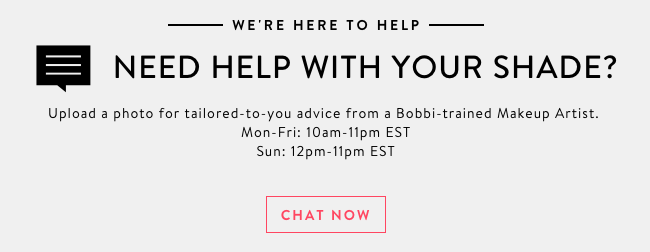Register by Jan 13 to save on passes and connect with marketers from Uber, Bose and more

Finding the perfect makeup to match your skin tone is tricky to do in person. Online, it’s a gamble.
Bobbi Brown launched its foundation shade finder tool on its website last year to target people who are in discovery mode, not just looking to restock. The tool, a three-step process, combines digital and analog to help customers find the right shade for them.
First, online shoppers choose a range of shades (extra light, light to medium, etc.) Then, Bobbi Brown ships them samples of the six shades in the category for free. Once customers get the samples, they’re directed to watch Bobbi Brown’s YouTube video that shows how to find the best match. The video has been viewed more than 200,000 times.
After that, a “formula finder” online walks customers through a series of question to figure out their skin type (dry, normal, oily) and preferred foundation type (liquid, powder). Then recommended products appear, accompanied by buy buttons.

Parent company Estée Lauder called out the shade finder tool as one that would “revolutionize how consumers interact with brands,” according to its 2015 annual report. Bobbi Brown wouldn’t disclose how much the tool has impacted sales.
The shade finder tool also comes with a personalized customer service live chat. Customers can upload a photo of their face to get a real-time consultation with a Bobbi Brown rep. Bobbi Brown’s online customer service live chat, part of the company’s website relaunch last year, earned it a spot in the “gifted” category in digital think tank L2’s 2015 Beauty Index report.

“For Bobbi Brown, live chat is making a transition from mere customer service touchpoint to consultative tool,” said L2 analyst Jenny Shen. “The sophistication of behavior-based pop-up windows and more directed calls to action take it to a better experience.”
Other companies have tested advanced customer service to help drive online purchases. Skin care company Glossier uses a photo uploader tool to match skin tones with foundation, then add the product to customers’ carts. Warby Parker lets shoppers try up to three pairs of glasses at no cost before deciding which pair they want to buy.
“These types of test-then-buy show that the brand is thinking of, and prioritizing, the online customer,” said Shen. “People who are confident about the product are more likely to buy, and the best way to feel that way is to try the product.”
More in Marketing

OpenAI’s countdown: monetization, ads, and a Google-shaped threat
With fierce competition from Google et al, the clock is ticking for the AI company to launch its ad business.

Crisis, culture and costs: The new reality of the modern CMO
Crisis, culture and cost pressures are reshaping the modern CMO into a revenue-driven strategist uniting marketing, communications and finance.

Digiday+ Research: The marketer’s guide to AI applications, agentic AI, AI search and GEO/AEO in 2026
Digiday’s annual AI report explores how marketers are navigating the opportunities and challenges AI brings as it becomes an indispensable piece in their toolkits.








